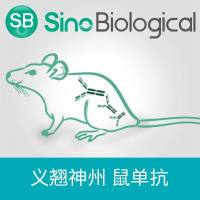Quantitative Assessment of Reactive Metabolites
互联网
388
Quantitation of reactive intermediates from bioactivation of drug via covalent protein binding using radiolabeled drug is the gold standard for quantitation of reactive metabolite formation in the absence of synthetic standard. However, radiolabeling many compounds during lead optimization can be resource intensive and expensive, which led to development of alternative method for quantitation of reactive metabolites using trapping agents as a surrogate to covalent protein binding. Quantitation of reactive metabolite formation using trapping agents can be broadly divided into two categories: (1) Radiolabeled trapping agents such as [35 S]-cysteine, [35 S]-glutathione, [3 H]-glutathione and [14 C]-cyanide. In general, the concentration of the radiolabeled adducts of reactive intermediates can be calculated from the peak area in dpm and the specific activity. (2) Non-radiolabeled trapping agents such as dansyl glutathione and quaternary ammonium glutathione analogs. Here quantitation is based on the intrinsic spectroscopic property of the chemical tag, for example, the dansyl glutathione adduct is quantitated using the emission and excitation wavelength of the fluorescence dansyl moiety. On the other hand, quantitation of quarternary ammonium glutathione conjugate is dependent on the similarity in MS responses of the precursor molecular ion and similar efficiency in formation of the product ion containing the quarternary ammonium moiety of analyte and internal standard. In this chapter, we will describe the experimental procedures for quantitation of reactive metabolite formation using these trapping agents.








